Governor Joe Lombardo says Nevada needs to be ready to take care of itself when it comes to
fuel, the gas and diesel that keeps our cars and trucks and tractors, and in Churchill County our
Navy airplanes moving.
Right now, almost all of Nevada’s fuel comes from California. Pipelines carry gasoline and jet
fuel across the state line to Sparks, Las Vegas, and even the Navy base in Fallon. That works
fine, until something goes wrong.
Two of California’s biggest refineries are closing soon, one near Los Angeles next year and
another near San Francisco in 2026. Together, those two refineries make about one-fifth of
California’s fuel. When they shut down, the whole region will feel it. Prices could jump, supplies
could run short, and Nevada could be left waiting at the end of the pipeline.
Governor Lombardo wants to fix that before it happens. Last week, he announced plans to form a
Fuel Resiliency Subcommittee, to study where Nevada gets its fuel, how much we use, and what
could be done to make sure we don’t run out if something happens in California.
“Energy security is national security,” Lombardo said. “We need to make sure Nevadans have
reliable access to the fuel that keeps our economy and communities running.”
The new subcommittee will work with experts, energy companies, and federal agencies to:
•Look for weak spots in how Nevada gets its fuel.
•Plan for emergencies like refinery shutdowns or pipeline breaks.
•Explore new ideas for fuel storage, transportation, and backup supply routes.
•Recommend investments to make the system stronger and more independent.
Because rural communities are dependent on secure, reliable supply lines for everything from
fuel to food, State Senator Robin Titus (R-17) has been urging state officials to act for years.
Titus tried to pass a bill last session to create an Energy Independence Task Force. The bill never
got a hearing, but the governor encouraged her to keep pushing and now that effort is moving
forward.
Energy experts say Nevada doesn’t have much oil of its own, just a small refinery in Nye County
that makes asphalt for roads. With most of the state’s fuel imported, it’s easy to see how one
impact in California could have a ripple effect through the rural parts of Nevada.
“We’re at the end of the pipe,” said Miranda Hoover, state executive for the Energy and
Convenience Association of Nevada. “To keep prices stable, Nevada needs to look for other fuel
sources to make up for what’s being lost.”
According to the Governor’s press release, the Fuel Resiliency Subcommittee will deliver its
findings and recommendations to the Governor and the Nevada Commission on Homeland
Security in 2026.

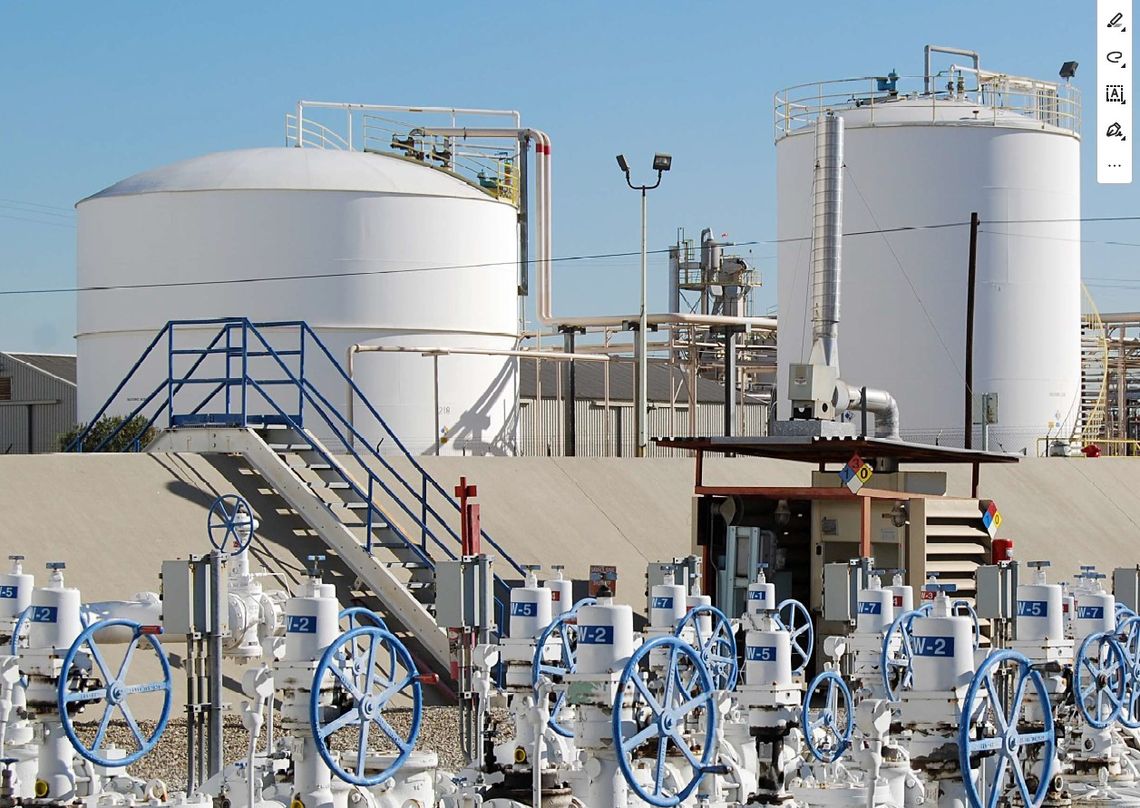

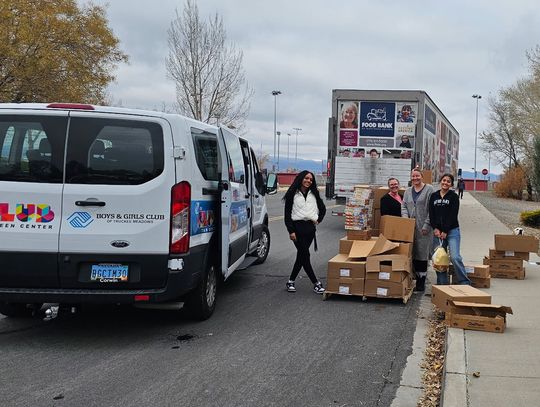
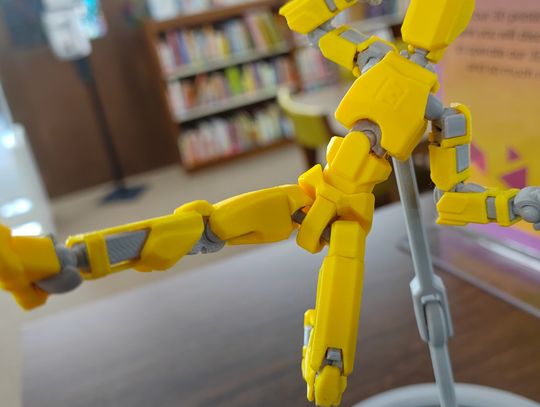

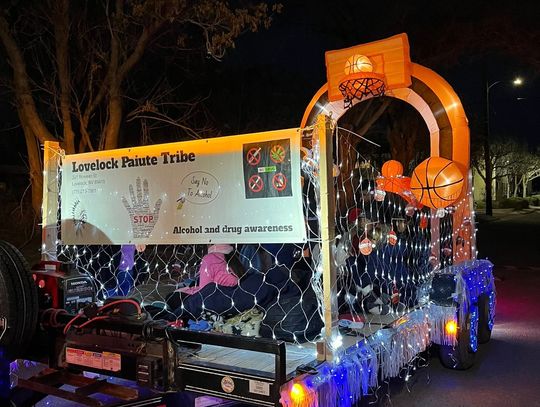

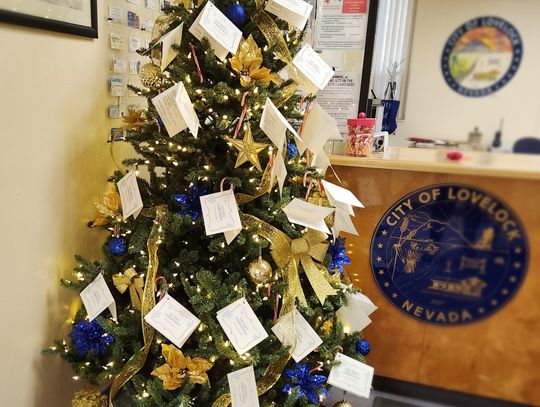

Comment
Comments